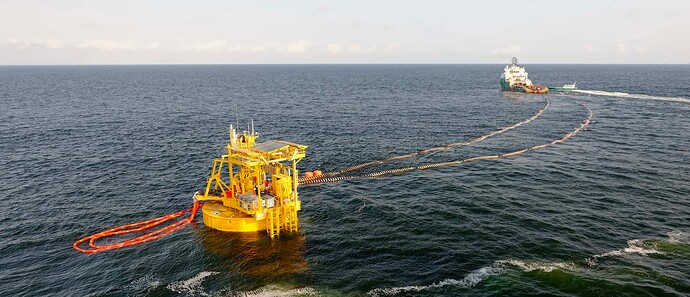Although I’ve only onboarded in May, I’ve been lucky to get to know Radicle through the Org-Design Workstream. After chatting with Radicle team members, I was encouraged to share some of my observations, many inspired by our recent contributor interviews.
The biggest observation is that we (Org-Design Workstream and some other contributors) are trying to figure out how to get to a decentralized org, while trying to figure out what (the org design) we are moving to. Meanwhile, some areas of the org (ie. wider roadmap, coordination) are being discussed about changing today. The challenge with doing that as we’re actively focused on the transition is that we all have mixed ideas of how to direct change in the context of Radicle running as a DAO, since people have different ideas and beliefs of what a DAO (and RadicleDAO in particular) is or can be. Should we enact change for how it would best work today or for the future? If for the future, what does that look like?
We heard questions and concerns around:
- Who and how will budgets and compensation be approved/validated?
- Who is driving product and larger Radicle decisions?
- Who/what process is deciding on what person or team is being accountable for delivering what?
- How do I know an idea is worth pursuing? How do I bring it up?
When we analyze the interviews deeper, the surface answers give deep insights to the core of what individuals really care about:
Navigating while maintaining autonomy & flexibility

(What are the signs that tell us we’re headed in the right direction)
Especially during the process of finding PMF, a common feeling amongst contributors is, ‘Are we heading in the right direction? What direction are trying to go toward?’ Usually the CEO/Founders would be responsible for this question, but in a headless organization, we need to agree on a general direction, exploration boundaries, or at least what we’re trying to discover.
Teams that interact together feel this question the most because it affects the decisions and development process. And while people have various pain tolerances, teams are feeling the pain points (inconsistent user experience, duplicative efforts, incompatibility, lack of clarity of responsibility) of moving in different directions.
To maintain autonomy and flexibility, what is the common thread (at the org level) that teams can hook onto? So we don’t stray too far from the core but we’re tethered enough to still move freely and autonomously.
(What’s the thing that’s threading us together)
For the generation of Radicle contributors who have been around for awhile, that common thread has been ossified and there is less need for it to be obviously pronounced (in say, a vision statement). They may feel safer in knowing how decisions are generally made. For those who are newly joined (in the past year or so), there might be a desire for that thread to be more pronounced instead of only learning through interaction with different teams.
As future individuals or teams onboard, they’ll want to know; how is our work relevant to the greater group/direction? Not just defined by the relationship between teams that work together, but in a larger sense - how would I know that the work I’m delivering is valuable?
Ultimately this comes up when putting forth a budget, proposing a new idea or team, defining compensation, evaluating work, hiring a new person, etc.
Right now, we have models for how these things work today. Most needs are unlocked through specific individuals (ie founders or FC). When that power is distributed, the question becomes who has authority and what will be the new decision criteria?
Changing mental models is challenging and full of friction, especially for those without a clear sense of why we’re doing a transition.
However, today, people like Thom and Kai are proposing potential solutions in the form of vision/values (Thom) and new team formations (Kai) that could replace current Foundation Council’s core functions with more collaborative processes.
These are just some thoughts and observations. If any of this resonates (or doesn’t!) I’d love to know. Leave your own thoughts in the comments below.
